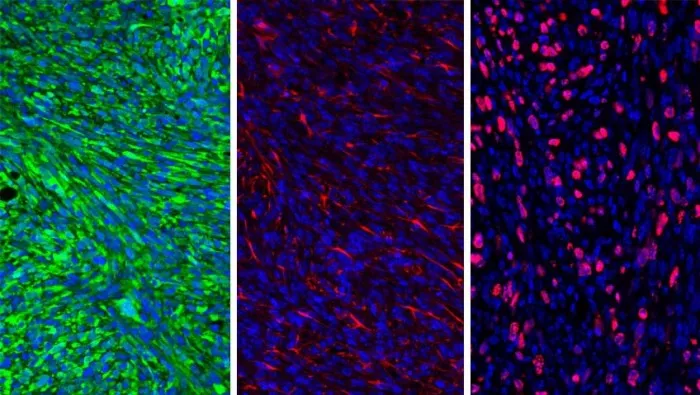Working with multiple laboratories, the team of scientists created a nanoparticle containing an inhibitor with better results than expected. In the mouse model, the nanoparticles not only delivered the inhibitor to the tumor, and the drug successfully activated the immune system to eliminate cancer, but also triggered immune memory, so the reintroduced tumor was also eliminated. This is a promising sign that this potential new method can not only treat brain tumors, but also prevent or delay recurrence.

No one has been able to get this molecule into the brain in the past. This is indeed a huge milestone. The results of glioma patients have not improved in the past 30 years. Although the survival rate of many cancer types has improved, glioma is still dangerous, and only 5% of patients can live to five years after diagnosis.
Gliomas are usually resistant to traditional therapies, and the environment within the tumor suppresses the immune system, making new immune based therapies ineffective. Coupled with the challenge of passing through the blood-brain barrier, it becomes more difficult to provide effective treatment for these tumors. Castro Lowenstein laboratory found that small molecule inhibitor amd3100 can block cxcr12, a cytokine released by glioma cells. Cxcr12 establishes a protective shield around the immune system to prevent it from firing on invading tumors. In a mouse model of glioma, the researchers showed that amd3100 prevented cxcr12 from binding to immunosuppressive bone marrow cells. By disarming these cells, the immune system remains intact and can attack tumor cells.

However, amd3100 encountered difficulties in entering the tumor. The drug can not pass through the blood well, nor can it pass through the blood-brain barrier, which is a key problem for the drug to enter the brain. Castro Lowenstein laboratory, in cooperation with Dr. Joerg lahann, Professor of chemical engineering at Wolfgang Pauli collegiate, School of engineering, University of Massachusetts, has created protein based nanoparticles to encapsulate inhibitors, hoping to help it circulate through the blood.
The researchers injected mice with gliomas with nanoparticles loaded with amd3100. The surface of the nanoparticles contains a peptide that can bind to proteins found mainly on brain tumor cells. When nanoparticles flow through the blood to the tumor, they release amd3100, restoring the integrity of blood vessels. Nanoparticles can then reach their target, where they release drugs, thereby preventing immunosuppressive bone marrow cells from entering the tumor mass. This allows immune cells to kill tumors and delay their development.